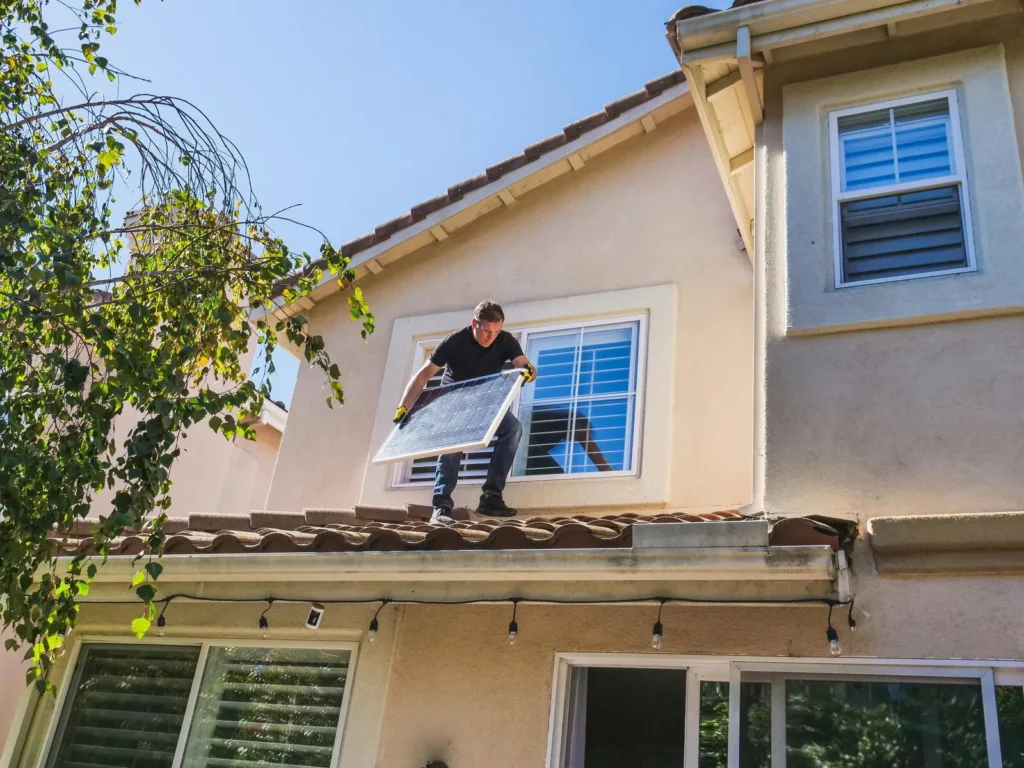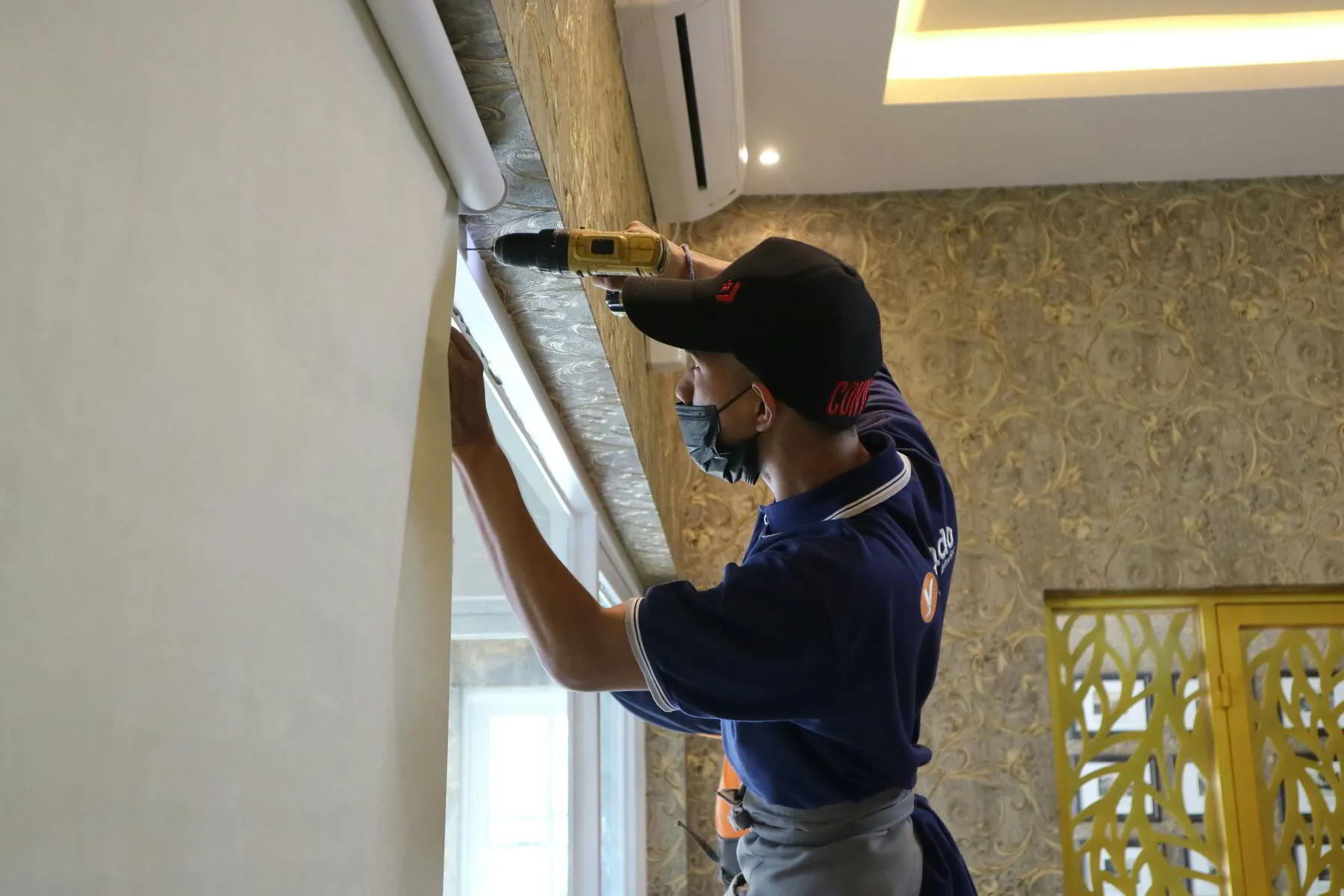Energy-efficient upgrades are more than just a trend—they’re a practical solution to reduce costs, enhance comfort, and minimize environmental impact. From saving on utility bills to increasing property value, these upgrades offer tangible benefits for homeowners and property managers alike. Let’s explore the advantages and key upgrades that deliver both short-term savings and long-term returns.
Benefits of Energy-Efficient Upgrades
Implementing energy-efficient upgrades provides multiple benefits:
- Reduced Utility Bills: Lower energy consumption directly translates into lower monthly utility bills.
- Increased Property Value: Homes with energy-efficient features often command higher prices in the real estate market.
- Enhanced Comfort: Improved insulation and temperature control systems create more comfortable indoor environments.
- Environmental Benefits: Reduced energy consumption helps lower carbon footprints and contributes to environmental conservation.
Key Energy-Efficient Upgrades
To maximize energy efficiency, consider the following key upgrades:

1. Energy-Efficient Appliances
Upgrading to energy-efficient appliances can lead to substantial cost savings and environmental benefits. For example, replacing an old refrigerator with an ENERGY STAR-certified model can save approximately $100 annually on energy bills.
Similarly, energy-efficient washing machines and dishwashers reduce water and electricity usage, lowering utility expenses. While these appliances may have a higher upfront cost, the long-term savings often offset the initial investment.
Benefits:
- Reduced Energy Consumption: Energy-efficient appliances use less electricity, decreasing overall energy usage.
- Lower Utility Bills: Decreased energy consumption translates to reduced monthly utility expenses.
- Environmental Impact: Using less energy reduces greenhouse gas emissions, contributing to environmental conservation.
2. LED Lighting
Switching to LED (Light Emitting Diode) lighting offers significant energy and cost savings. LED bulbs use about 75% less energy than incandescent bulbs and last up to 25 times longer. For instance, replacing 20 incandescent bulbs with LEDs can save approximately $200 annually on energy bills.
Although LED bulbs have a higher purchase price, their extended lifespan and energy efficiency result in lower overall costs over time.
Benefits:
- Energy Efficiency: LEDs use about 75% less energy than incandescent lamps.
- Longevity: LED bulbs have a longer lifespan, reducing the frequency of replacements.
- Improved Light Quality: LEDs offer better color rendering and brightness control.
3. Smart Thermostats
Smart thermostats are advanced devices that enable precise control over your home’s heating and cooling systems. They learn your schedule and preferences, adjusting temperatures automatically to optimize energy use. Many models offer remote access via smartphone apps, allowing adjustments from anywhere. By reducing unnecessary heating or cooling, smart thermostats can lower energy bills by up to 10%.
Benefits:
- Energy Savings: Optimized temperature control reduces energy consumption.
- Convenience: Remote access and automation provide ease of use.
- Enhanced Comfort: Maintains optimal indoor temperatures tailored to user preferences.
Example: The Nest Learning Thermostat adapts to your schedule and can be controlled remotely, offering both convenience and energy efficiency.
4. Insulation Upgrades
Enhancing your home’s insulation minimizes heat loss in winter and heat gain in summer, leading to consistent indoor temperatures and reduced energy usage. Key areas for insulation include attics, walls, and floors. Proper insulation can save up to 10% on annual energy bills.
Benefits:
- Energy Efficiency: Reduces the need for heating and cooling, lowering energy consumption.
- Comfort: Maintains consistent indoor temperatures throughout the year.
- Cost Savings: Decreased energy usage leads to lower utility bills.
Example: Installing fiberglass insulation in the attic can significantly improve thermal performance.
5. Energy-Efficient Windows
Replacing old, drafty windows with energy-efficient models reduces heat transfer, keeping homes warmer in winter and cooler in summer. Features like double or triple glazing, low-emissivity coatings, and gas fills enhance thermal performance. Energy-efficient windows can lower household energy bills by an average of 12%.
Benefits:
- Thermal Performance: Improved insulation properties reduce heat loss and gain.
- Energy Savings: Lower heating and cooling demands decrease energy consumption.
- Comfort: Enhanced indoor temperature regulation improves living conditions.
Example: Installing ENERGY STAR-certified windows can provide significant energy savings.
6. Solar Panels
Solar panels convert sunlight into electricity, providing a renewable energy source for homes. Installing a solar energy system can reduce reliance on grid electricity and lower utility bills. After a 30% federal tax credit, the average cost to install a system is approximately $22,022, with potential savings of $20,000 to $90,000 over 25 years.
Benefits:
- Renewable Energy: Harnesses solar power, reducing dependence on fossil fuels.
- Cost Savings: Generates electricity, lowering utility expenses.
- Environmental Impact: Decreases greenhouse gas emissions, promoting sustainability.
Example: A 5 kW solar panel system can significantly offset a household’s electricity consumption.
7. Water-Saving Fixtures
Upgrading to water-saving fixtures, such as low-flow showerheads and faucets, reduces water consumption without compromising performance. These fixtures contribute to lower water bills and conserve valuable water resources. Implementing water-saving technologies is an effective way to promote sustainability and reduce utility costs.
Benefits:
- Water Conservation: Reduces water usage, preserving natural resources.
- Cost Savings: Lower water consumption leads to decreased utility bills.
- Environmental Impact: Conserves water, benefiting ecosystems and reducing strain on water supply systems.
Example: Installing a WaterSense-labeled showerhead can save a family 2,700 gallons of water annually.
8. HVAC System Upgrades
Upgrading to high-efficiency heating, ventilation, and air conditioning (HVAC) systems ensures optimal performance with reduced energy consumption. Modern HVAC systems are designed to provide better climate control while using less energy, leading to cost savings and improved comfort. Regular maintenance and proper sizing of HVAC systems are also crucial for maximizing efficiency.
Benefits:
- Energy Efficiency: Advanced systems use less energy to heat and cool spaces.
- Improved Air Quality: Better ventilation enhances indoor air quality.
- Cost Savings: Reduced energy usage lowers utility expenses.
Example: Installing an ENERGY STAR-certified heat pump can provide efficient heating and cooling.
9. Weatherstripping and Sealing
Applying weatherstripping and sealing to doors, windows, and other openings prevents drafts and air leaks. This measure enhances indoor comfort and reduces the energy required for heating and cooling, leading to energy savings. Proper sealing is a simple and cost-effective way to improve a building’s energy efficiency.
Benefits:
- Energy Savings: Prevents air leaks, reducing heating and cooling demands.
- Comfort: Eliminates drafts, maintaining consistent indoor temperatures.
- Cost-Effective: Inexpensive improvement with significant energy-saving potential.
Example: Installing door sweeps and window seals can effectively reduce drafts.
Strategies for Marketing Energy-Efficient Features
Marketing your energy-efficient upgrades is crucial to attracting eco-conscious buyers. Here are some strategies to effectively promote these features:
1. Detailed Property Listings
Clearly list all energy-efficient elements, such as solar panels, high-efficiency HVAC systems, LED lighting, and superior insulation. Utilize Multiple Listing Service (MLS) green data fields to showcase certifications like LEED or ENERGY STAR ratings, making these features easily searchable for buyers.
2. Visual Marketing Tools
Capture high-quality images that emphasize eco-friendly aspects, such as energy-efficient appliances or sustainable landscaping. Offer virtual tours that highlight energy-saving installations, providing an immersive experience for potential buyers.
3. Educational Materials
Provide materials detailing the benefits of the property’s energy-efficient features, including potential cost savings and environmental impact. Present recent energy audit reports to demonstrate the property’s efficiency and operational cost benefits.
4. Engage Eco-Conscious Buyers
Advertise in platforms and publications that cater to environmentally conscious audiences. Emphasize the property’s contribution to reducing carbon footprints and promoting sustainable living.
5. Utilize Social Media and Online Platforms
Share articles, testimonials, and case studies on social media about the benefits of energy-efficient homes to educate and attract potential buyers. Incorporate keywords related to energy efficiency in online listings to improve search visibility.
Benefits of Marketing Energy-Efficient Features
Homes with energy-efficient features can command a premium of 1% to 5% compared to similar homes without these features. Properties highlighting eco-friendly features often attract more interest, leading to quicker sales.
Third-party certifications and clear documentation of energy savings build trust with potential buyers.
By effectively marketing energy-efficient features, sellers and real estate professionals can differentiate properties in a competitive market, appeal to a growing segment of eco-conscious buyers, and potentially achieve higher sale prices.
Final Thoughts
Incorporating energy-efficient upgrades into properties offers substantial benefits, including reduced utility costs, enhanced comfort, and a decreased environmental footprint.
Effectively marketing these features can attract eco-conscious buyers and potentially command higher sale prices. By investing in and promoting energy-efficient improvements, property owners and managers can achieve long-term financial gains while supporting environmental conservation.


